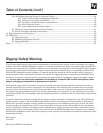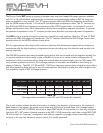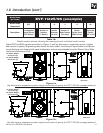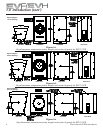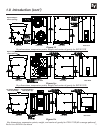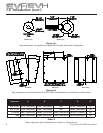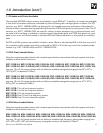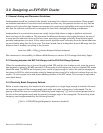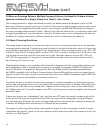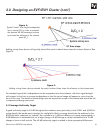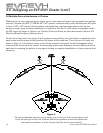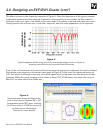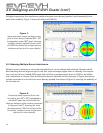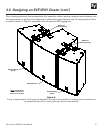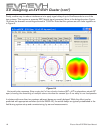
Electro-Voice EVF/EVH User Manual
3.0 Designing an EVF/EVH Cluster
3.1 General Aiming and Placement Guidelines
Loudspeakers should be “pointed at the people” and away from reflective room surfaces. Since people
are excellent absorbers of sound and room surfaces are often not, this practice insures not only that the
audience will receive the high frequencies necessary for good voice intelligibility and musical clarity but
also that the reflective surfaces do not energize the room with intelligibility-robbing reverberation.
Loudspeakers for sound reinforcement are usually located high above a stage or platform and aimed
down and out into the audience. This minimizes the difference between the longest throws to the rear of
a venue and the shortest throws to the front rows, promoting coverage uniformity. Note that the typical
portable loudspeaker on a short, 6-foot stand cannot duplicate such uniformity since the distant seats are
so much farther away than the front rows. The direct sound from a loudspeaker drops 6 dB every time the
distance from it doubles, according to the formula:
Level loss (dB) = 20log
10
(closest distance/farthest distance).
See comments on the audibility of different dB differences in section 3.4 Coverage-Uniformity Target.
3.2 Choosing between the EVF Full-Range and the EVH Full-Range Systems
When the reverberation time of a room (formally called T60 and the time it takes sound, once the source
has stopped, to decay by 60 dB) exceeds 2-2.5 seconds at mid frequencies, the horn-loaded EVH series
should be used. The EVH’s low-frequency horn mouth is large enough to control the rated coverage pat-
tern down to 500 Hz, which promotes clarity by keeping more sound off of reflective surfaces than can the
smaller, 12-inch-square horns and direct-radiating woofers of the EVF series. This concept is explored in
more detail below.
3.21 Directivity Break Frequency Defined
Below a certain frequency, the mouth size of a waveguide is no longer large enough to maintain the nomi-
nal coverage angle and the coverage angle gets wider and wider as frequency is decreased. The fre-
quency at which this occurs is called the “directivity break frequency” (f
b
) and is inversely proportional to
the size of the waveguide mouth and the nominal coverage angle of the waveguide. The directivity break
frequency can be approximated by the following formula:
f
b
(Hz) = 1,000,000/[angle (degrees) x dimension (inches)].
11



